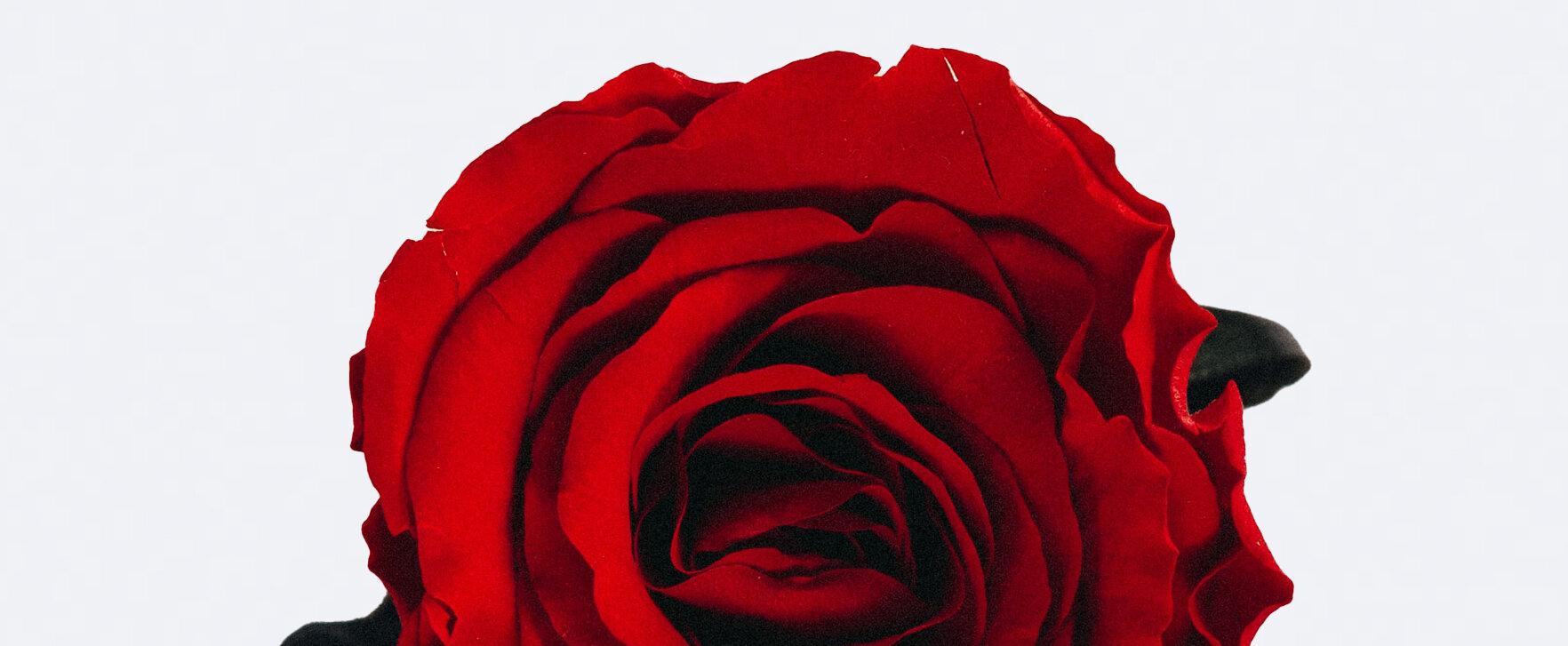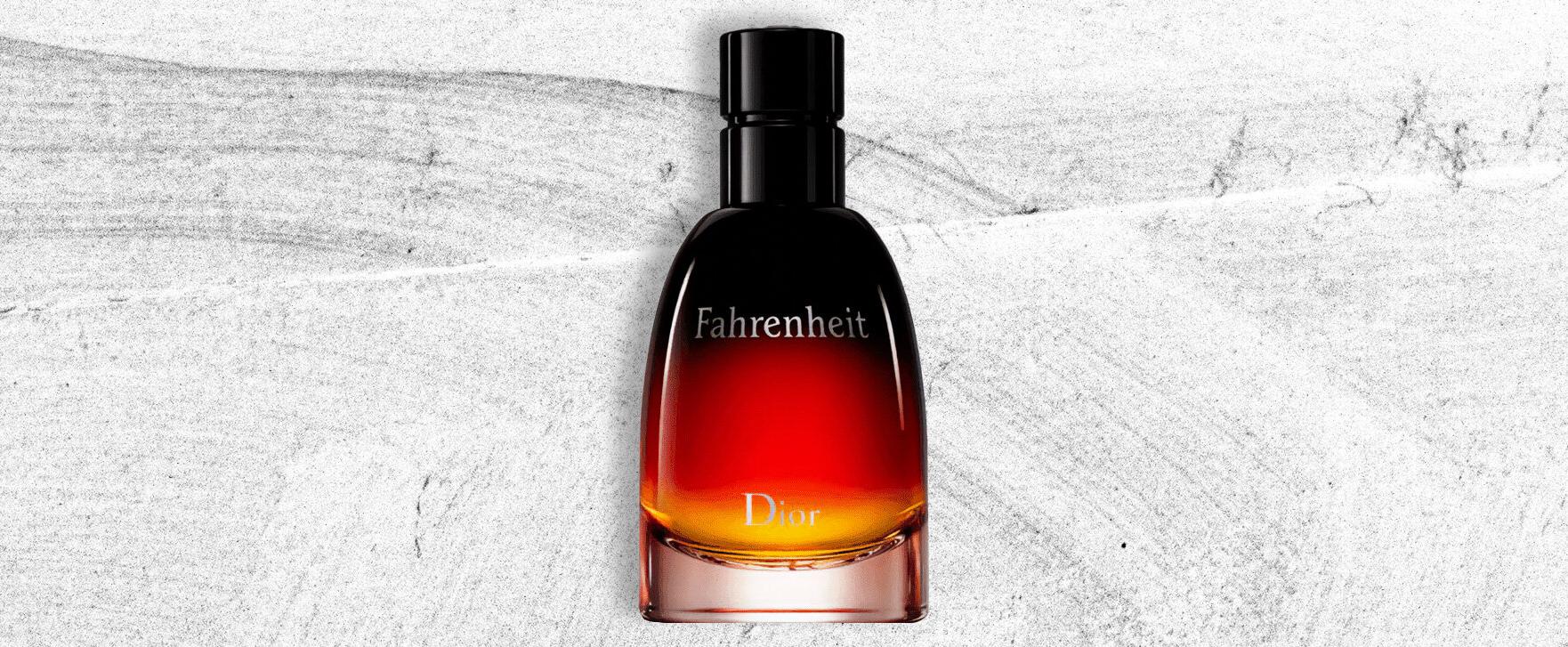Are Feminines Becoming More Masculine?
In these days of foghorn pongs and woody sharp citrus, the need to compete with male peacocks may have obliged perfumers to boost up their feminines, just to get them heard above the din.
But how did we get here?
Some Background
In the past, masculine perfume, and perfume in general, tended to keep itself in check. In the seventies there were things like Yatagan, Grey Flannel and Z-14, which had strong characters but weren't that strong in sillage. Before them there was the odd thing like Aramis or Jicky, but generally masculines were quite well behaved.
Then came the eighties - when feminine perfumery burst out in extravagance with Giorgio, Poison, and all the usual suspects. The best masculines could do were Xeryus, Fahrenheit, and Joop! Homme. Extraordinary, but not in the same league.
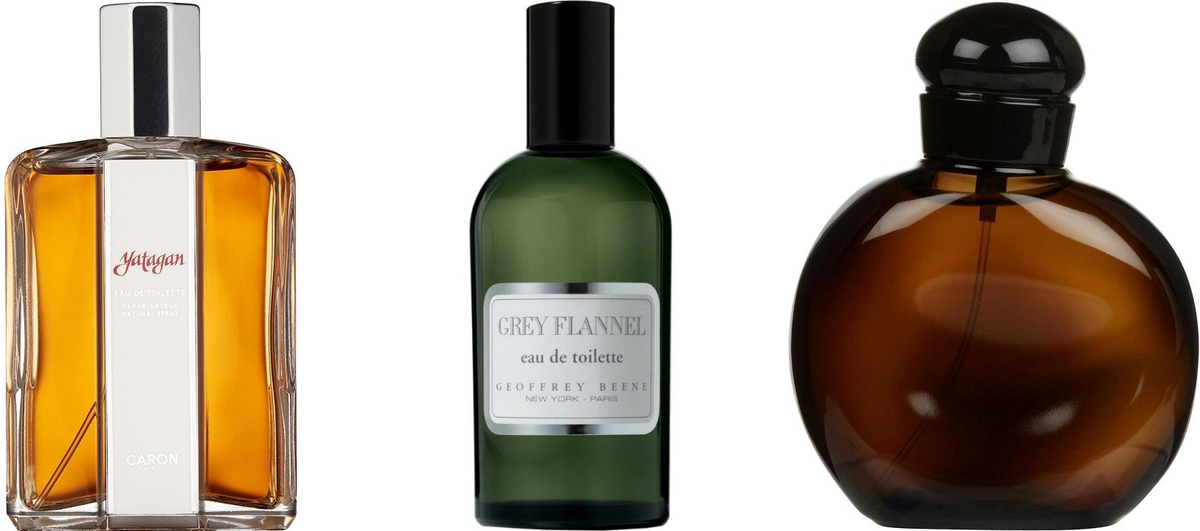
After this, there was - in Luca Turin's words - a resetting, when the whole pile of perfume plates crashed to the floor. Both sides of the perfume aisle settled into aquatic calm for a while, but with the advent of the Spiky Woods in the mid teenies, masculine perfume went into 'roid rage, cue Invictus, Bleu and Sauvage.
Suddenly the guy side had gone berserk and was shouting down the feminines. Perfumers were then obliged to respond and what they did was to apply the same kind of materials and structures to feminine perfumery; if you can't beat 'em, join 'em. They loaded up on aromachems, and we’re not talking about Iso E Super and Hedione, more like ambroxan and synthetics that smell like grapefruit.
The Spiky Woods is still a dominant paradigm today, and before we look at that I'd like to run over some of the reasons why some Women's perfume is becoming more like Men's.
Some Reasons
One possible factor is a general squeeze on formula budgets - which would tend to narrow the perfumer's palette to the cheapest materials. And, as well as the cheapest, other materials which might be favoured are those that aren’t the cheapest but the most economical to use, i.e. the loudest and most diffusive molecules - which could be dosed in nanograms per kilo... Witness the drydown of ambrox and woody amber that appears again and again; cheap and loud in place of quality and nuance.
There is also the trend of releasing hers and his versions - which use similar chords and themes to give a family resemblance; in effect you get two formulas for the price of one (and a bit).
It's also possible that perfume, like pop music is getting simpler, with fewer notes and less complex melodies (cf. nature.com, science.org, etc.)
And - referencing Turin again; he opines that masculine pongs are feminine scents without base notes.
If that’s the case, feminine perfumes – which have more notes, accords, harmonies and timbre - would be more impacted by this dumbing down than the already impoverished guy thing; and so feminines and masculines would tend to converge - in both quality and style.
There is a perfume which illustrates the tendency for the feminine to become more like the masculine; Libre.
Libre: A Case Study
In 2004, Viktor & Rolf released Flowerbomb, which is a bitter-sweet musky marshmallow, with – ironically - not many flowers at all. Flowerbomb is itself related to the musk and orange flower of Narciso for Her (2003 : Christine Nagel and Francis Kurkdjian) which Tania Sanchez described as somewhat masculine and harsh. There is an edge to Narciso for Her, but it doesn’t have the orange tone or real spikiness that you get in the Spiky Woods; that would come later.
In 2019, Libre took the basic idea of Flowerbomb, a powdery-musky vanilla Amber, dialed it down, and overlaid it with a marzipan and citrus head - which at first, is so sharp it almost hurts. Being sharp and angular, Libre projects in a way that the fuzzy roundness of Flowerbomb could never do; and I use my words carefully. Projects is the verb here; a term which is used by some male perfume fans - but it’s not one I’ve seen in the literature. ‘Projection’ well describes the effect of the Spiky Woods, where, by contrast, a word like diffusion fails to capture the penetrating quality of the sillage.
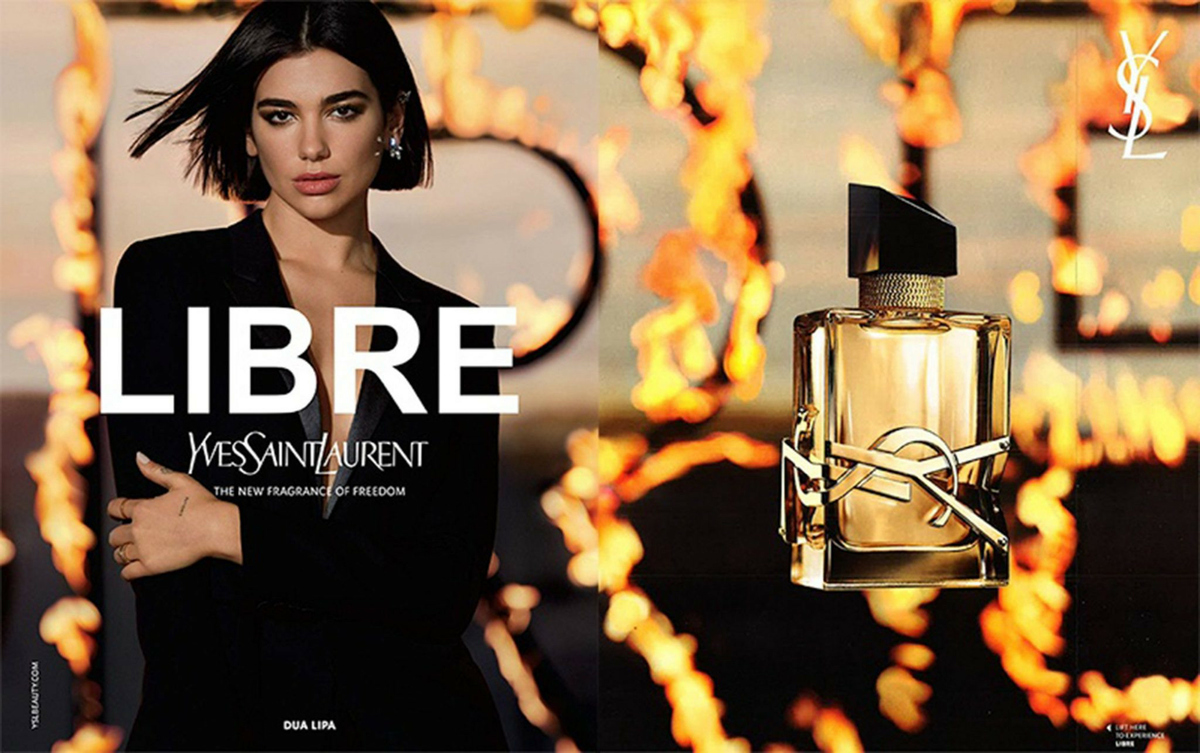
Libre combines a feminine core - like Flowerbomb - with the head notes of the Spiky Woods, making it brighter and more legible. It’s closer in quality and style to a tangy orange masculine than either Flowerbomb or Narciso did before it. In Libre, the influence of the Spiky Woods is clear.
(You might ask why I chose Flowerbomb to illustrate my argument instead of Narciso for Her, when Narciso came first and may have inspired Flowerbomb? The reason is that Narciso has more character, and tends to go in a different direction. Whereas Flowerbomb is a blank canvas, easier to overwrite with the distinctive twang of the Spiky Woods, a riff that emerged during the intervening years, and which has a strong masculising influence on Libre.)
So we have Libre, a 'feminine' that employs 'masculine' tropes in a modern way. It also co-opts the history of the Yves Saint Laurent brand. In the averts, the model wears a tuxedo, which the designer recut and sold to women in 1966. She wears it à la Grace Jones, i.e. naked underneath - which is daring and provocative, and not passively 'feminine'.
You could say, it reflects the dynamic feel of Libre and its mixed gender style of tangy orange and musky-buff skin scent. And so, if you have been into a scent shop and you saw a Dior Homme bottle wearing a YSL belt buckle, and you thought it was a Him scent on the Her side of the aisle, you would have been half right.
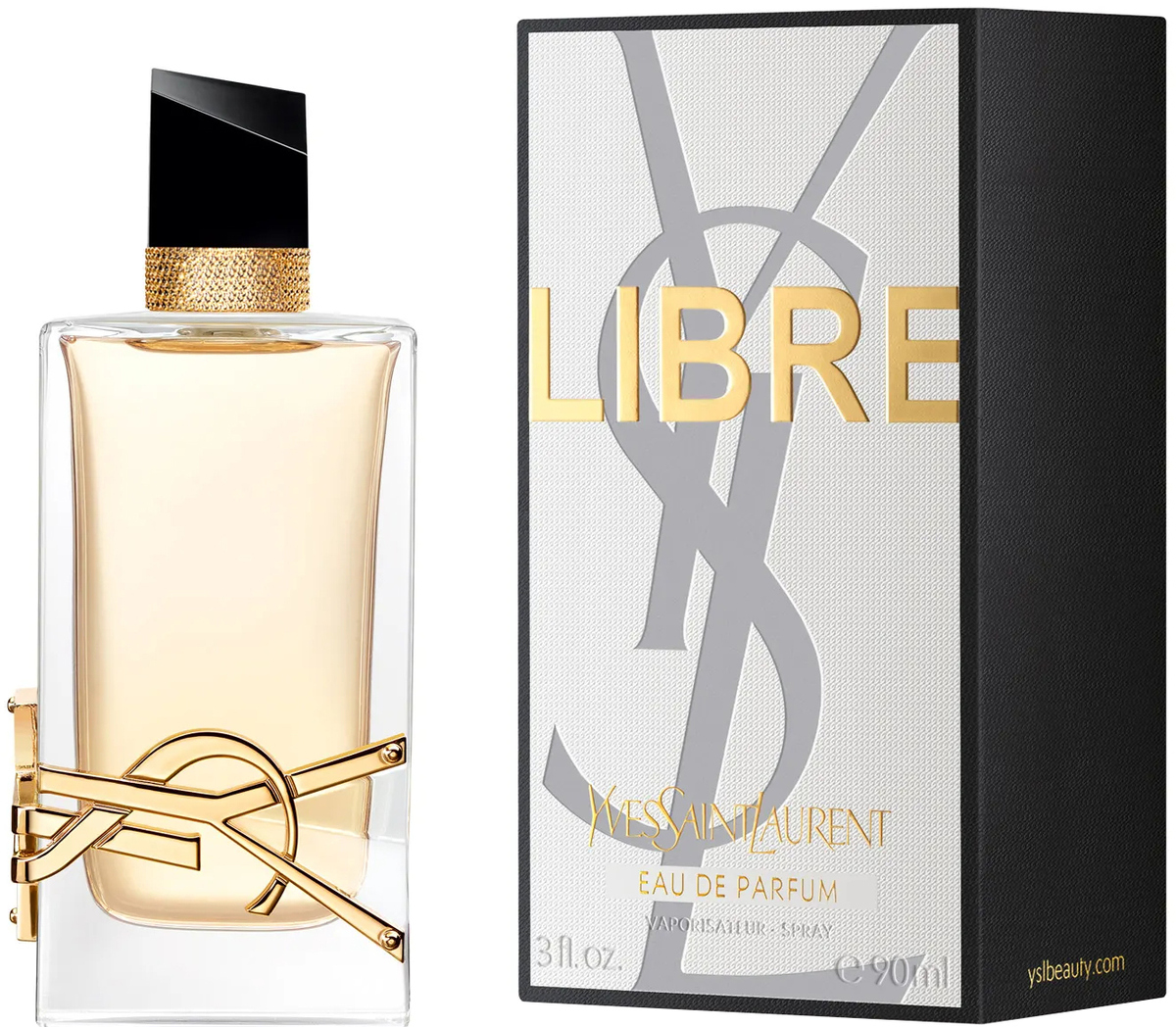
With its square bottle, blue grey box, and name - which means independent or available, Libre is a coherent - if derivative - package based on a bright angular scent. It tries to free itself from feminine stereotypes by adopting masculine conventions. And in doing this, it doesn’t really free itself from gender, it just takes a different approach to it.
(Just a word on terminology, some parfumistas argue that scent has no gender, which is true, but as the maintream industry seems wedded to the idea of pink and blue, hers and his, I think that - to understand their products - it helps to see them in their terms of reference, even if we don’t agree with the underlying assumptions.)
So what do you think? Are feminine perfumes becoming more masculine? Share your thoughts and opinions in the comments below!
 HugoMontez 3 years ago
HugoMontez 3 years ago


 BrianBuchanan
BrianBuchanan